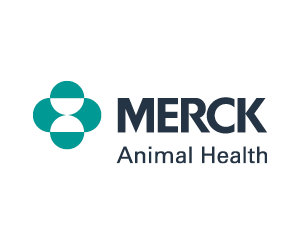Conclusion
Management of DM requires the commitment and coordinated efforts of the veterinary healthcare team and the pet-owner client. For this reason, proactive client education is an essential component of a DM treatment plan. Client education includes instruction on insulin administration, signs of favorable clinical response or lack thereof, measuring BG levels, and the importance of non-insulin therapies, including dietary management.
Diabetes mellitus has a multifactorial etiology, requiring practitioners to consider and assess the possible roles of the patient’s body condition score, diet, concurrent diseases, medications, neutering status, and genetic predisposition. When the relevant DM-causative factors have been identified, a well-defined, case-specific treatment plan can be developed with a reasonable expectation for control, and in the case of cats, a chance for remission.
The distinction between clinical and subclinical DM and transient hyperglycemia is an important factor in the approach to treatment. Insulin therapy is reserved for patients with clinical DM. Patients at risk for developing DM should be managed using monitoring strategies and non-insulin modalities, with an emphasis on dietary management. Diagnosis of DM focuses on a combination of predisposing factors, characteristic clinical signs, and laboratory diagnostic values outside the reference ranges. These factors should be considered in their totality rather than as isolated indicators.
The mainstay of treatment for clinical DM in dogs and cats is insulin along with dietary modification. Goals include controlling BG below the renal threshold for as much of a 24 hr period as possible, which will improve clinical signs of DM, and avoiding clinically significant hypoglycemia. There are many insulin formulations currently commercially available, two of which are approved for veterinary use in dogs and cats: lente (Vetsulin) and PZI (ProZinc). The choice of insulin is often based on duration of effect in the respective species. Dietary management is an essential cotherapy in clinical DM cases, although non-insulin medications may be useful adjuncts to insulin therapy.
The goal of DM monitoring is to confirm the absence of clinical signs and avoidance of hypoglycemia, the definition of a controlled diabetic. Monitoring of BG levels is best done by obtaining a BGC rather than by ‘spot-check’ BG measurements. Diabetes mellitus is probably well controlled if the pet is not showing persistent signs of PU, PD, or PP and is not experiencing unintended weight loss.
The AAHA Diabetes Management Guidelines Task Force gratefully acknowledges the contribution of Mark Dana of the Kanara Consulting Group, LLC in the preparation of the guidelines manuscript





